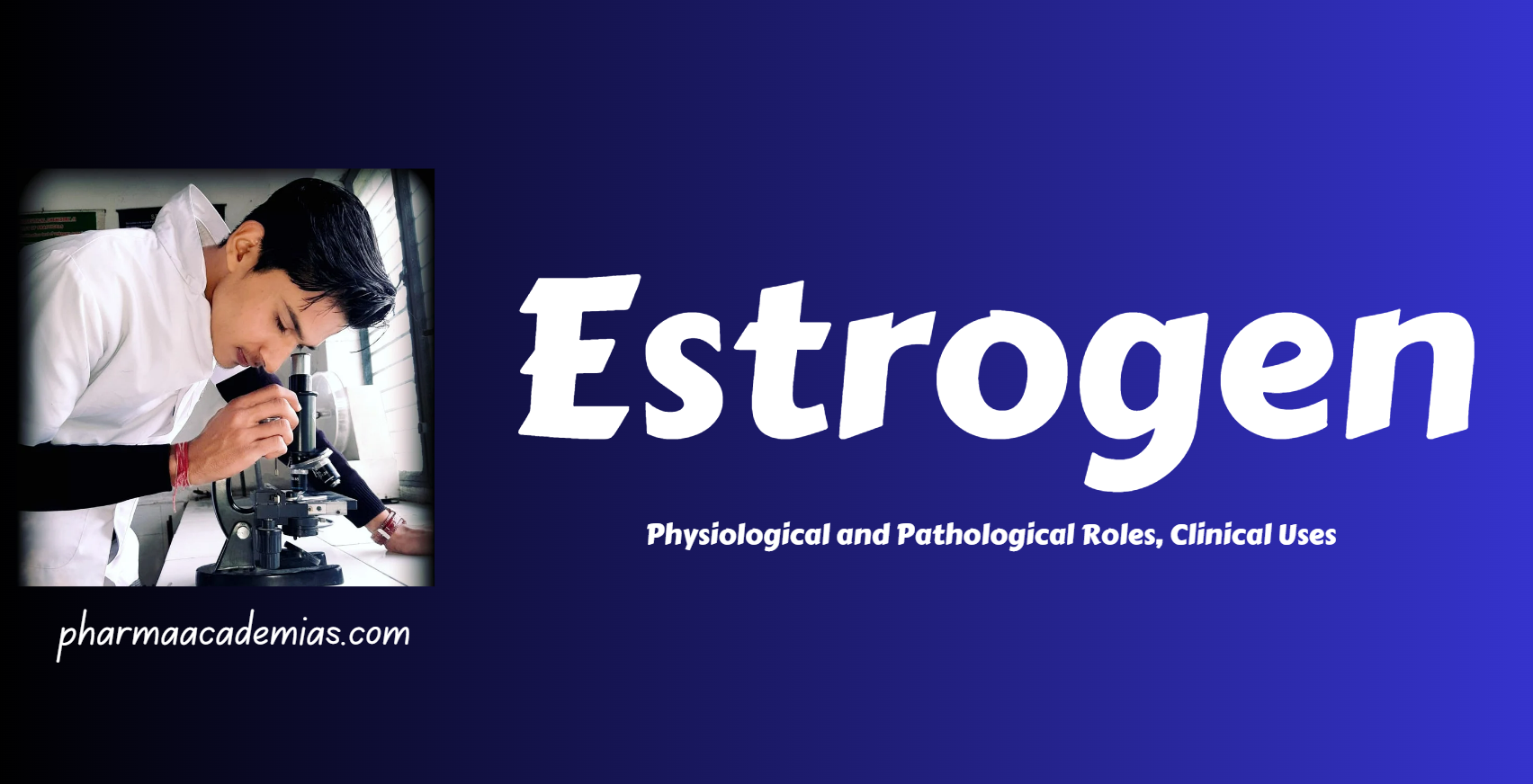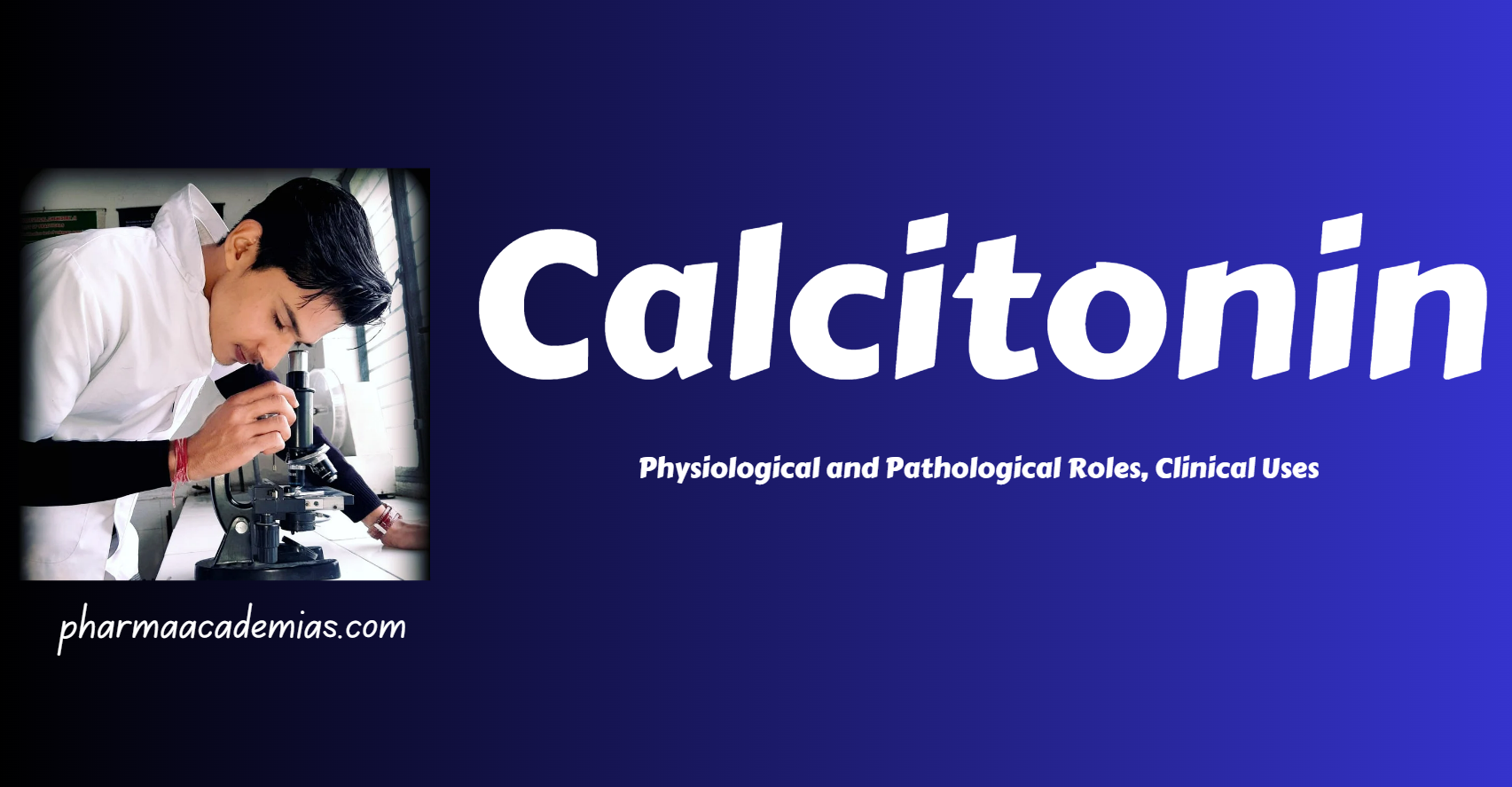Osteoporosis: Definition, Epidemiology, Etiology, Pathophysiology and Treatment
Osteoporosis is a systemic skeletal disorder characterized by reduced bone mass and deterioration of bone tissue, leading to increased bone fragility and susceptibility to fractures. It is often referred to as a “silent disease” because it typically progresses without symptoms until a fracture occurs. Epidemiology of Osteoporosis Osteoporosis is a common condition that affects millions … Read more



